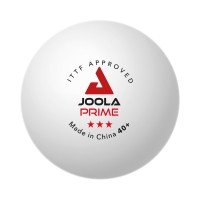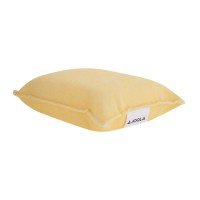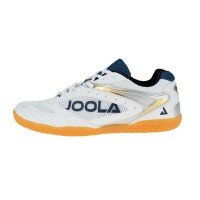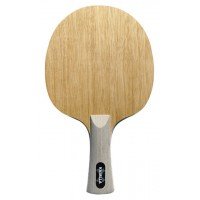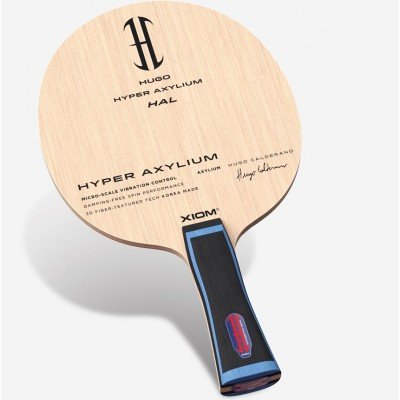
Table Tennis Blades: A Comprehensive Guide
Introduction: Why Is the Blade So Important?
Table tennis is a sport where precision and technique are integral to success. The blade, often referred to as the heart of the racket, determines how the ball bounces, how accurately you can control your shots, and how much spin you can generate. A well-chosen blade enhances your strengths, whether they lie in speed, control, or spin. In this article, we will explore everything you need to know about table tennis blades: their characteristics, handle shapes, composition, thickness, weight, the balance of speed, spin, and control, and the most popular manufacturers. This guide is designed for players of all levels, from beginners to professionals.
Key Characteristics of Table Tennis Blades
Every table tennis blade has four primary characteristics that define its behavior during play:
Speed – How quickly the ball rebounds off the blade. Speed depends on the blade’s stiffness, the number of layers, and the materials used. Stiffer, thicker blades (e.g., those with carbon fiber) are faster because they absorb less impact energy, allowing the ball to leave the blade more quickly. These are ideal for offensive players.
Control – The ability to accurately direct the ball and control its trajectory. Control is influenced by the blade’s flexibility and the rubber combination. Softer, slower blades offer better control, giving players more time to react. This is particularly important for beginners and defensive players.
Stiffness – The balance between the blade’s hardness and elasticity. Stiffer blades (e.g., those with composite layers) provide more power but less flexibility, making them harder to control. More flexible blades (e.g., all-wood) absorb impacts better, suiting players who prioritize precision and spin.
Hardness – The feel of the blade during impact (ranging from soft to hard). Hardness depends on the type of wood and the structure of the layers. Soft blades absorb more vibration, resulting in a “softer” feel, while harder blades transfer more energy to the ball, providing a “crisper” feel. Harder blades suit offensive players, while softer blades are better for defensive or all-round styles.
These characteristics interact with one another to shape the blade’s overall performance, directly impacting a player’s style and effectiveness.
Handle Shapes (Grip Styles)
The shape of a table tennis racket’s handle determines how comfortably and effectively a player can grip it. There are two main grip styles: Shakehand and Penhold, each with different handle shapes.

Shakehand Grip
Shakehand is the most popular grip style, especially in Western countries, where the racket is held similarly to a tennis racket. Handle shapes include:
Flared:
The most popular shape, ensuring a secure grip.
The wider base prevents the racket from slipping during intense shots.
Ideal for players who frequently switch between forehand and backhand.
Straight:
Allows easy adjustment of the grip angle, suitable for versatile play.
Offers less stability during powerful shots.
Preferred by players who favor lighter handles.
Anatomic:
Contoured to fit the shape of the palm, providing comfort.
Suits players with larger hands.
Balances stability and flexibility.
Penhold Grip
Penhold is popular in Asia, particularly in China and Japan, resembling the grip of a pen. Handle shapes include:
C-Pen (Chinese Penhold):
Short, thin handle that allows flexible angle adjustments.
Suits fast, offensive play, especially for forehand shots.
The thumb presses against the blade, adding extra force for spin.

J-Pen (Japanese Penhold):
Wider, longer handle, often paired with rubber on one side only.
Offers more stability but less flexibility.
Popular among players focused on powerful shots.

Summary: The handle shape depends on the player’s hand size, playing style, and preferences. Beginners are recommended to start with a Flared Shakehand handle for its versatility, but it’s worth trying different shapes to find the most suitable one.
Types of Table Tennis Blades
Blades are categorized into three main types based on playing style: DEF (defensive), ALL (all-round), and OFF (offensive), with further subcategories: DEF-, DEF, DEF+, ALL-, ALL, ALL+, OFF-, OFF, OFF+.
DEF (Defensive):
DEF-: Very slow, highly controlled blades designed for chopping and long rallies.
DEF: Moderately fast defensive blades that allow some offensive play.
DEF+: Faster defensive blades suitable for counterattacks.
Recommended for: Beginners and defensive-style players.
ALL (All-round):
ALL-: Slow, controlled blades emphasizing spin and precision.
ALL: Balanced blades suitable for various styles, ideal for beginners.
ALL+: Faster all-round blades allowing more offensive play.
Recommended for: Beginners and intermediate players.
OFF (Offensive):
OFF-: Fast blades with good control, suitable for offensive play.
OFF: Very fast blades designed for aggressive shots.
OFF+: Extremely fast blades for professionals focused on maximum speed and spin.
Recommended for: Advanced players with strong technique.
How does this affect playing style? DEF blades offer control but limited speed, ideal for long rallies. ALL blades balance speed, control, and spin, perfect for developing a playing style. OFF blades prioritize speed and powerful shots but require advanced technique.
Balancing Speed, Spin, and Control
The balance of speed, spin, and control is a critical factor in choosing a table tennis blade, as these three characteristics are interconnected and often involve trade-offs. Understanding this balance is essential to selecting a blade that matches your playing style and goals.
Speed Priority: Blades focused on speed (e.g., OFF or OFF+) are typically stiffer and harder, often made with composite layers like carbon fiber. They enable powerful shots but sacrifice control and spin potential due to the ball’s quick rebound. For example, a fast blade may be challenging for beginners, as the ball leaves the racket quickly, leaving less time to react.
Spin Priority: Spin depends on the blade’s flexibility and the rubber’s grip. More flexible blades (e.g., ALL or DEF) and softer rubbers allow the ball to stay in contact with the racket longer, increasing spin. However, high spin often results in slower rebounds, reducing speed. Spin priority suits players specializing in topspin or chop shots.
Control Priority: Control is provided by slower, more flexible blades that absorb more impact energy. Such blades (e.g., DEF or ALL-) allow precise ball placement but often lack power and speed. Control is crucial for beginners learning basic techniques and for defensive players.
Why is balance important? Prioritizing one characteristic often compromises the other two. For instance, an ultra-fast blade (e.g., Butterfly Zhang Jike Super ZLC) offers significant speed but requires advanced technique to maintain control. Conversely, a controlled blade (e.g., Stiga Allround Classic) allows easy shot management but limits maximum speed and spin. Players must decide which characteristic is most important based on their playing style:
Offensive players: Prioritize speed and spin, choosing stiff, composite blades (OFF or OFF+).
Defensive players: Focus on control and spin, opting for flexible, all-wood blades (DEF or ALL).
All-round players: Seek balanced blades (ALL) that combine all three characteristics.
Blade Composition
Table tennis blades are made from carefully selected wood types, sometimes supplemented with composite layers. There are two main types: All-Wood Blades and Composite Blades.
All-Wood Blades
Composition: Typically consist of 5 wood layers bonded with specialized adhesives to ensure optimal stiffness and flexibility.
Examples: Butterfly Timo Boll ALL, Stiga Allround Classic.
Characteristics: More flexible, absorb more vibration, and provide a “softer” feel. Ideal for players valuing control and spin, as wood allows better ball feel. However, their “sweet spot” (the optimal impact zone for consistent and effective rebounds) is smaller, as wood is less uniform and absorbs more impact energy, making off-center shots less effective.
Recommended for: Defensive and all-round players, especially beginners.

Composite Blades
Composition: Typically feature 5 wood layers and 2 composite layers (e.g., carbon fiber, ALC, ZLC, aramid, Trimetrix, or arylate).
Examples: Butterfly Viscaria, DHS Hurricane Long 5.
Characteristics: Composite layers increase stiffness and speed while reducing flexibility. They have a larger “sweet spot” because composite materials (e.g., carbon fiber) are harder and distribute impact energy more evenly across the blade’s surface. This ensures effective shots even when the ball hits off-center, which is particularly beneficial for offensive players needing speed and power. Composite blades suit aggressive players but require more technique.
Inner vs. Outer Composite:
Inner Composite: Composite layers closer to the blade’s core, making the blade more flexible and controlled. Suitable for all-round players.
Outer Composite: Composite layers closer to the surface, resulting in a stiffer, faster blade. Ideal for aggressive offensive players.
Recommended for: Advanced players seeking speed and power.
.jpg)

Comparison: All-wood blades are more flexible and easier to control but have a smaller sweet spot, requiring precise shots. Composite blades are faster, stiffer, and have a larger sweet spot but are harder to control for beginners. Five-layer blades are lighter and more controlled, while seven-layer blades (5 wood + 2 composite) are faster and stiffer.

Materials Used in Blade Manufacturing
Blades are crafted from different wood types selected for their density, hardness, and elasticity.
Outer Layer
Limba: Soft, lightweight, offers good spin and control. Suits all-round and defensive blades.
Ayous: Lightweight, elastic, balances speed and control. Popular in all blade types.
Koto: Harder, provides more power and speed. Used in offensive blades.
Hinoki: High-quality, soft, offers a “gentle” feel and excellent spin. Used in premium blades.
Inner Layer
Kiri: Lightweight, stable, often used in the core for its low weight.
Ayous: Versatile choice for inner layers.
Balsa: Extremely lightweight, provides speed but less control. Suits defensive blades.
Why does it matter? Wood types determine the blade’s feel, speed, and control. For example, Limba and Ayous are ideal for beginners due to their flexibility, while Koto and Hinoki suit professionals for their speed and spin.
Blade Thickness
The thickness of a table tennis blade is a key factor influencing its stiffness, speed, and control during play:
Less than 6 mm: Thinner blades (under 6 mm) offer better control and easier handling, facilitating spin generation, especially for loop shots (topspin shots with forward spin). Their greater flexibility absorbs more impact energy, allowing the ball to stay in contact with the racket longer, enabling precise trajectory and spin control. Ideal for defensive or all-round players and beginners.
6 mm and above: Thicker blades (6 mm and above) are stiffer, providing more power and speed. Their stiffness supports powerful shots, making them perfect for aggressive players prioritizing speed over spin or control. However, reduced flexibility can make these blades harder to control, especially for delicate shots.
Impact of Composite Materials: Composite materials like carbon fiber, ALC (Arylate-Carbon), ZLC (Zylon-Carbon), aramid-carbon, Trimetrix, or arylate increase stiffness without significantly altering thickness. These materials are lighter and stronger than wood, allowing for thin yet stiff blades. For example, carbon fiber adds speed and stability, while arylate enhances flexibility and vibration dampening, maintaining a slim profile. These properties enable manufacturers to create fast, stiff blades with a thin construction, ideal for offensive players.
Why does thickness matter? Thinner blades are more flexible, suiting players seeking control and spin, while thicker blades, especially with composite layers, offer speed and power but require more technique.
Blade Weight
Weight also affects playing style:
Light Blades (82 g or less):
Faster hand movement, less fatigue.
Suitable for defensive players and beginners.
Drawback: Less shot power.
Medium-Weight Blades (around 85 g):
Balance speed, control, and power.
Ideal for all-round players.
Most popular choice for intermediate players.
Heavy Blades (90 g or more):
Provide more power and stability.
Suitable for offensive players.
Drawback: Can fatigue the hand more quickly.
Why does weight matter? Lighter blades allow faster reactions, while heavier blades offer more power but require a stronger hand.
Popular Manufacturers and Their Blades
Below are the most popular table tennis equipment manufacturers and their blades, suitable for different playing styles and levels:
Butterfly:
Timo Boll ALL (ALL, ~85 g): Balanced, all-wood blade for beginners and intermediate players, offering good control and spin.
Viscaria (OFF, ~90 g): Composite (Arylate-Carbon), fast blade for advanced offensive players.
Zhang Jike Super ZLC (OFF+, ~90 g): Ultra-fast, with Zylon-Carbon layers, designed for professionals.
Stiga:
Allround Classic (ALL-, ~80 g): All-wood, lightweight blade for beginners, offering excellent control.
Carbonado 190 (OFF, ~90 g): Composite (carbon fiber), fast blade for advanced offensive players.
Defensive Pro (DEF, ~82 g): All-wood, designed for defensive players, especially for chopping.
DHS:
Hurricane Long 5 (OFF, ~89 g): Composite (Arylate-Carbon), fast blade for professionals, ideal for Asian-style offensive play.
Power G7 (OFF-, ~86 g): All-wood, balanced blade for intermediate offensive players.
Donic:
Waldner Senso Carbon (ALL+, ~85 g): Composite, versatile blade for intermediate players.
Ovtcharov Carbospeed (OFF+, ~90 g): Ultra-fast, composite blade for professionals.
Yasaka:
Ma Lin Extra Offensive (OFF-, ~85 g): All-wood, fast blade for intermediate offensive players.
Sweden Defensive (DEF, ~80 g): All-wood, lightweight blade for defensive players.
Recommendations by Level:
Beginners: Stiga Allround Classic, Butterfly Timo Boll ALL (light, all-wood, controlled).
Intermediate Players: Yasaka Ma Lin Extra Offensive, DHS Power G7 (balanced, suitable for all-round styles).
Advanced Players: Butterfly Viscaria, DHS Hurricane Long 5 (fast, composite, ideal for offensive styles).
Recommendations and Conclusion
When choosing a blade, consider your playing style, experience level, and physical attributes:
DEF Blades: Suitable for beginners and defensive players seeking control and long rallies.
ALL Blades: Ideal for beginners and intermediate players developing their style.
OFF Blades: Designed for advanced players focused on speed and spin.
For Beginners: Choose a lightweight, 5-layer all-wood blade (e.g., ALL or ALL-), such as the Stiga Allround Classic with a Flared handle. This ensures control and supports learning techniques.
Conclusion: The table tennis blade is a critical tool that determines the quality of your game. From the balance of speed, spin, and control to handle shape, composition, thickness, and weight, all these factors must be carefully considered. Composite blades offer a larger sweet spot and speed but require technique, while all-wood blades are easier to control but have a smaller sweet spot. Ultimately, a player’s technique is paramount—no matter how premium the blade, it won’t add value without proper skill. Your table tennis equipment should match your level to help you improve your skills and reach a higher level of play. Experiment, try different blades, and find the one that unlocks your potential at the table!

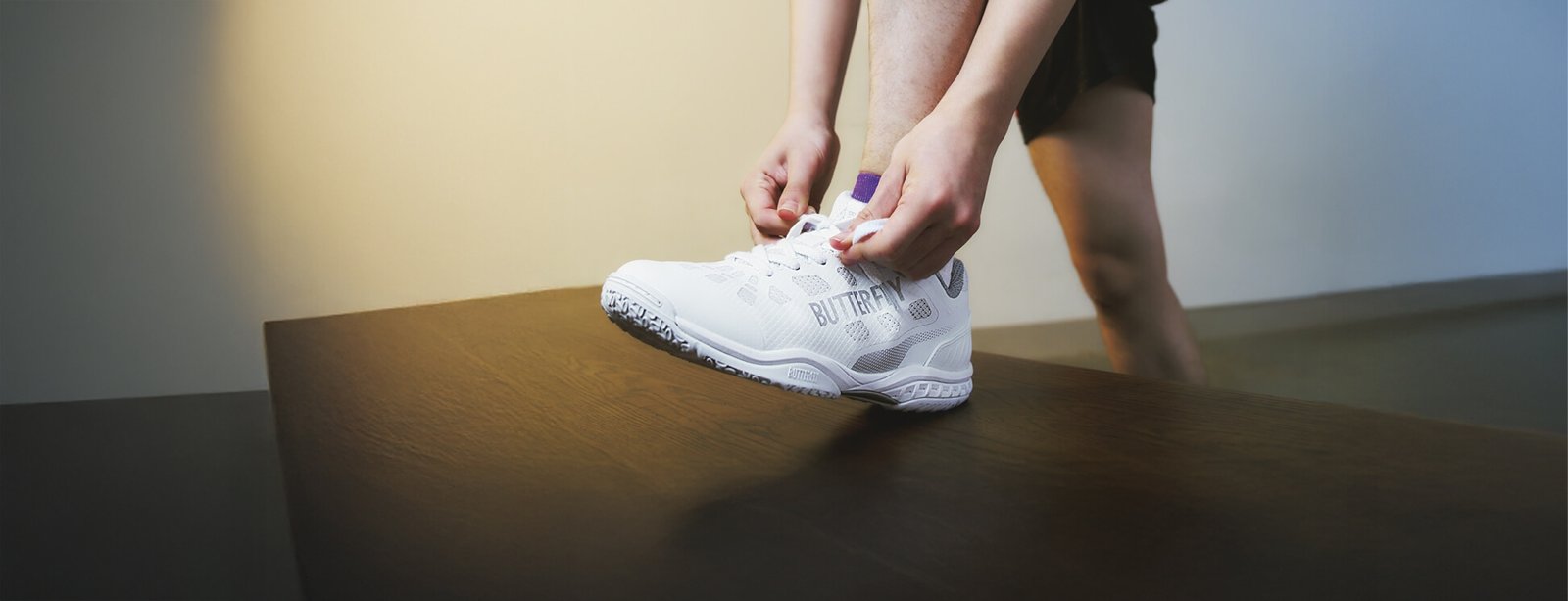

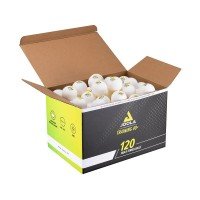
/Xiom-Omega-V-Pro-200x200.jpg)
/mizuno-kojinės-sportui-200x200.png)
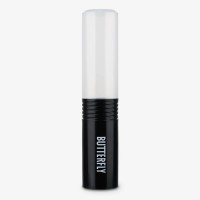
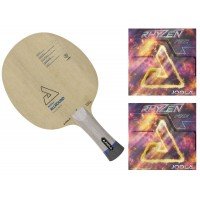
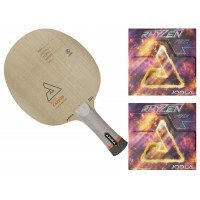
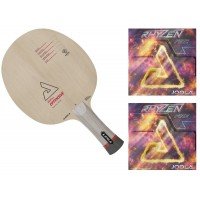
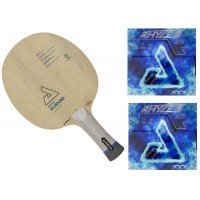
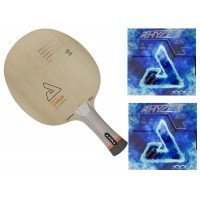
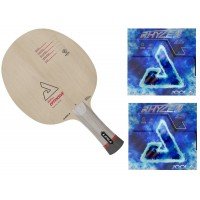
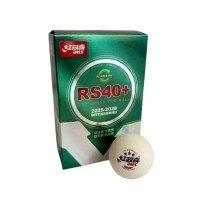
/ENGENT-200x200.jpg)
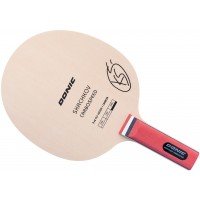
-200x200.png)
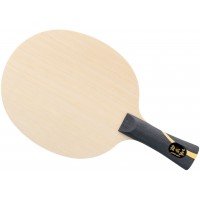
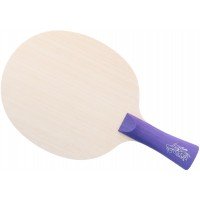
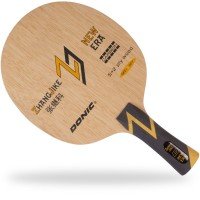
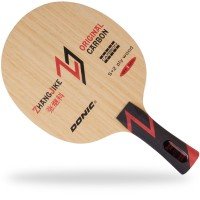

/11840_0_1920x1920-200x200.jpg)
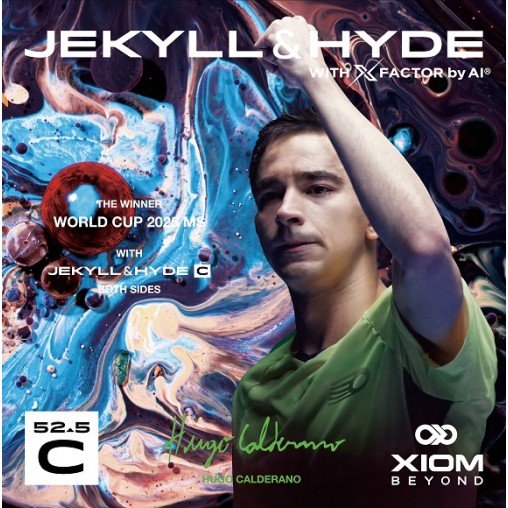
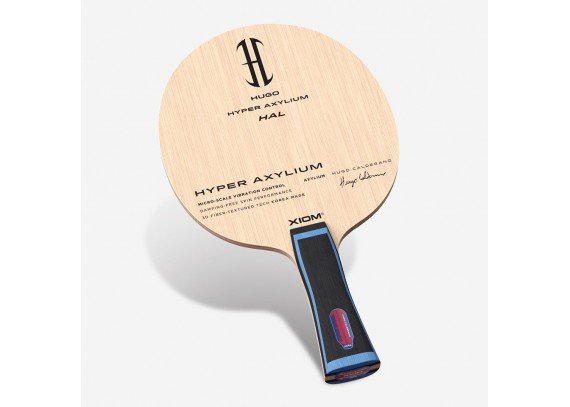

/crossstep1-200x200.jpg)
/Padelio-batai-Mizuno-Wave-Exceed-Light-Padel-200x200.jpg)
/DONIC-Spaceflex-200x200.jpg)
/DONIC-Draven-GSX-200x200.jpg)
/DONIC-Shoe-bag-200x200.jpg)










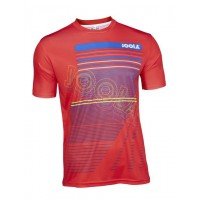
/triton2-200x200.jpg)
/felix2-200x200.jpg)

/11909_0_1920x1920-200x200.jpg)
/Y-200x200.jpg)

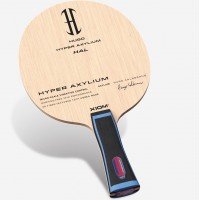

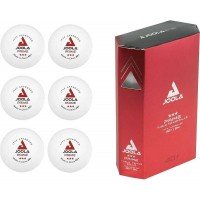
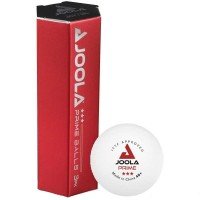
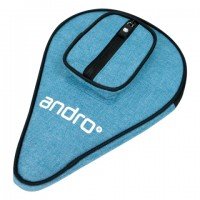

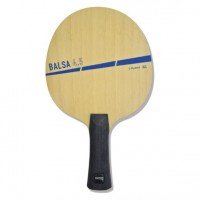
/Andro-klijai-PRO-GLUE-200x200.jpg)
